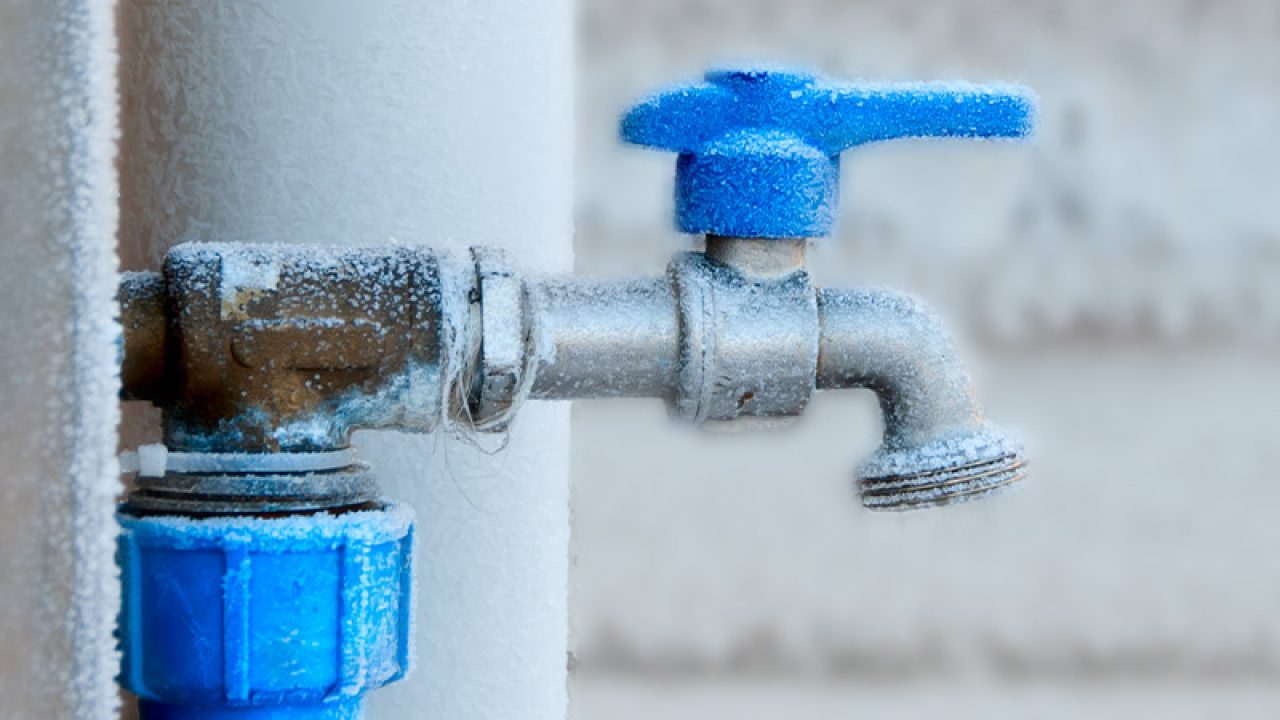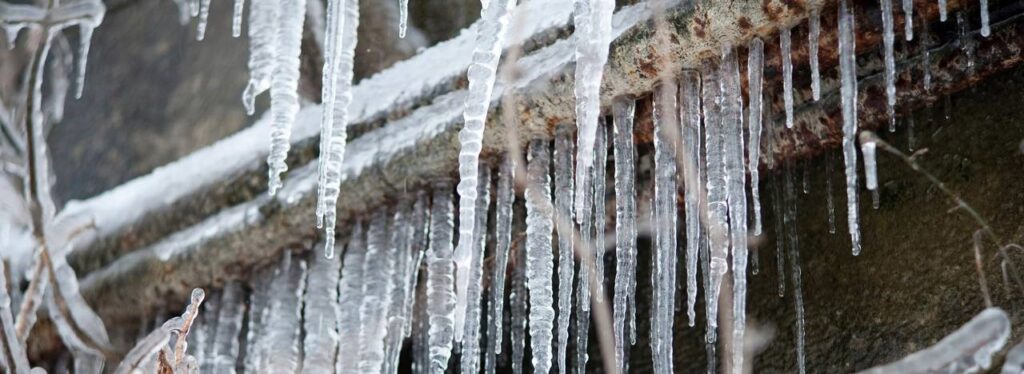Ways to Prevent Frozen Plumbing in Cold Weather: Expert Guidance
Ways to Prevent Frozen Plumbing in Cold Weather: Expert Guidance
Blog Article
What're your opinions about How to Prevent Your Pipes From Freezing?

Winter can wreak havoc on your pipes, particularly by freezing pipes. Here's just how to stop it from taking place and what to do if it does.
Intro
As temperatures drop, the threat of icy pipelines boosts, potentially leading to pricey repair work and water damage. Recognizing exactly how to prevent icy pipelines is important for property owners in cool climates.
Recognizing Frozen Pipelines
What creates pipes to ice up?
Pipes ice up when exposed to temperature levels below 32 ° F (0 ° C) for expanded periods. As water inside the pipes freezes, it increases, putting pressure on the pipe wall surfaces and potentially creating them to rupture.
Threats and problems
Frozen pipes can bring about supply of water interruptions, residential or commercial property damage, and pricey fixings. Ruptured pipes can flooding homes and create comprehensive architectural damages.
Indications of Frozen Pipeline
Recognizing icy pipelines early can prevent them from bursting.
How to identify frozen pipelines
Seek lowered water circulation from taps, uncommon odors or sounds from pipes, and noticeable frost on exposed pipes.
Prevention Tips
Insulating at risk pipelines
Wrap pipelines in insulation sleeves or utilize heat tape to secure them from freezing temperatures. Concentrate on pipelines in unheated or exterior locations of the home.
Heating strategies
Keep indoor spaces properly warmed, especially locations with plumbing. Open closet doors to allow warm air to flow around pipelines under sinks.
Safeguarding Outdoor Pipes
Yard hose pipes and exterior taps
Disconnect and drain pipes yard pipes before wintertime. Install frost-proof spigots or cover outdoor faucets with shielded caps.
What to Do If Your Pipes Freeze
Immediate actions to take
If you suspect frozen pipelines, maintain faucets available to relieve pressure as the ice melts. Utilize a hairdryer or towels taken in warm water to thaw pipelines gradually.
Long-Term Solutions
Architectural adjustments
Consider rerouting pipes away from exterior wall surfaces or unheated locations. Add additional insulation to attics, basements, and crawl spaces.
Upgrading insulation
Purchase high-quality insulation for pipelines, attics, and wall surfaces. Appropriate insulation assists preserve constant temperature levels and reduces the risk of icy pipes.
Final thought
Avoiding icy pipelines calls for aggressive measures and quick actions. By recognizing the reasons, indicators, and preventive measures, property owners can secure their pipes throughout cold weather.
5 Ways to Prevent Frozen Pipes
Drain Outdoor Faucets and Disconnect Hoses
First, close the shut-off valve that controls the flow of water in the pipe to your outdoor faucet. Then, head outside to disconnect and drain your hose and open the outdoor faucet to allow the water to completely drain out of the line. Turn off the faucet when done. Finally, head back to the shut-off valve and drain the remaining water inside the pipe into a bucket or container. Additionally, if you have a home irrigation system, you should consider hiring an expert to clear the system of water each year.
Insulate Pipes
One of the best and most cost-effective methods for preventing frozen water pipes is to wrap your pipes with insulation. This is especially important for areas in your home that aren’t exposed to heat, such as an attic. We suggest using foam sleeves, which can typically be found at your local hardware store.
Keep Heat Running at 65
Your pipes are located inside your walls, and the temperature there is much colder than the rest of the house. To prevent your pipes from freezing, The Insurance Information Institute suggests that you keep your home heated to at least 65 degrees, even when traveling. You may want to invest in smart devices that can keep an eye on the temperature in your home while you’re away.
Leave Water Dripping
Moving water — even a small trickle — can prevent ice from forming inside your pipes. When freezing temps are imminent, start a drip of water from all faucets that serve exposed pipes. Leaving a few faucets running will also help relieve pressure inside the pipes and help prevent a rupture if the water inside freezes.
Open Cupboard Doors
Warm your kitchen and bathroom pipes by opening cupboards and vanities. You should also leave your interior doors ajar to help warm air circulate evenly throughout your home.

Do you appreciate reading about Winter Plumbing Precautions: Preventing Frozen Pipes? Leave a remark down the page. We will be glad to see your reactions about this blog posting. In hopes that you come back again in the near future. Sharing is caring. One never knows, you will be helping someone out. Many thanks for your time. Come back soon.
Book With Us Today! Report this page